Search Images
Browse Content (p. 1258)
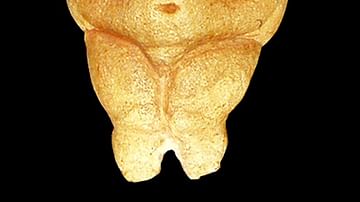
Image
The Venus of Willendorf
The Venus of Willendorf is a limestone statuette likely carved between 24,000 and 22,000 years ago, in the Upper Paleolithic, making it one of the oldest pieces of art in the world. The faceless, voluptuous, female figure is considered typical...
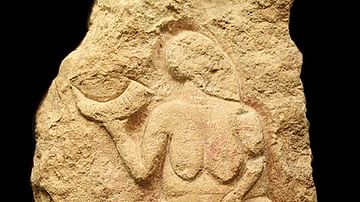
Image
The Venus of Laussel
The Venus of Laussel, carved between 20,000 and 18,000 years ago, is a rare example of a pre-historic bas-relief. Her faceless, voluptuous figure is characteristic of the Venus figurines produced throughout Ice Age Europe. Many scholars believe...
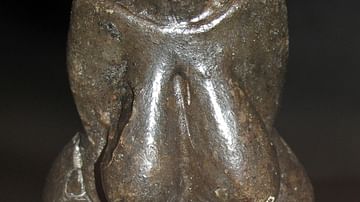
Image
Black Venus of Dolni Vestonice
One of the oldest known examples of ceramic in the world, the Black Venus was found at the pre-historic site of Dolni Vestonice in Moravia, Czech Republic in 1925 CE. The figure is thought to have been sculpted between 29,000 and 25,000 years...

Image
Warring States Period Swords
Swords of the Warring States Period (481-221 BCE) in China. The left sword is of iron while the other two are of bronze. (Shaanxi Provincial Museum, Xian, China)

Image
Warring States Helmet
A bronze helmet from the Yin state. Warring States Period (481-221 BCE).
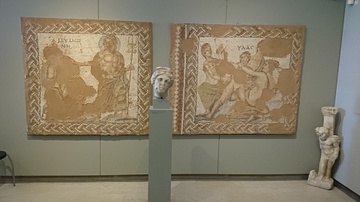
Image
Poseidon Mosaic, Amphipolis
A mosaic from a chapel in the Strymon valley. This is an early Christian mosaic depicting the god Poseidon with a halo. It displays the need for a smooth transition from paganism to Christianity. 3rd Century CE. (Archaeological Museum of...
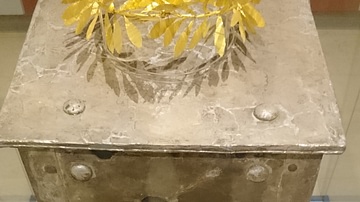
Image
Wreath & Ossuary of Brasidas
The silver ossuary and the golden wreath of the Spartan strategos (military general) Brasidas. 5th Century BCE - Brasidas died at the Battle of Amphipolis in 422 BCE, during the Peloponnesian war. (Archaeological Museum of Amphipolis, Greece...
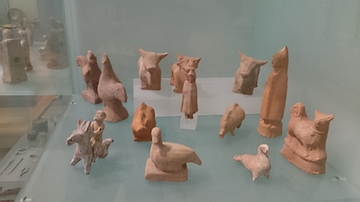
Image
Greek Ceramic Toys
Artefacts of the ancient city of Amphipolis displayed in the Museum. Children's toys.
Location: Amphipolis, Macedonia, Greece. 1st Century BCE - 1 Century CE
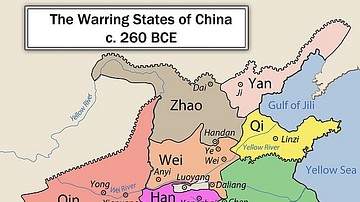
Image
Chinese Warring States, 3rd century BCE
A map showing the principle state of the Warring States Period in China c. 260 BCE.
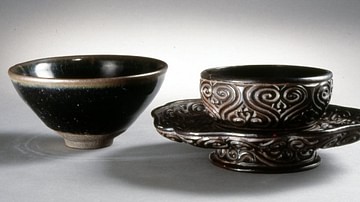
Image
Chinese Tea Bowl & Stand
Left: A Chinese tea bowl of black glazed stone ware, Song Dynasty, 960-1279 CE.
Right: A Chinese lacquered bowl stand, Yuan Dynasty, 13th century CE.
(British Museum, London)